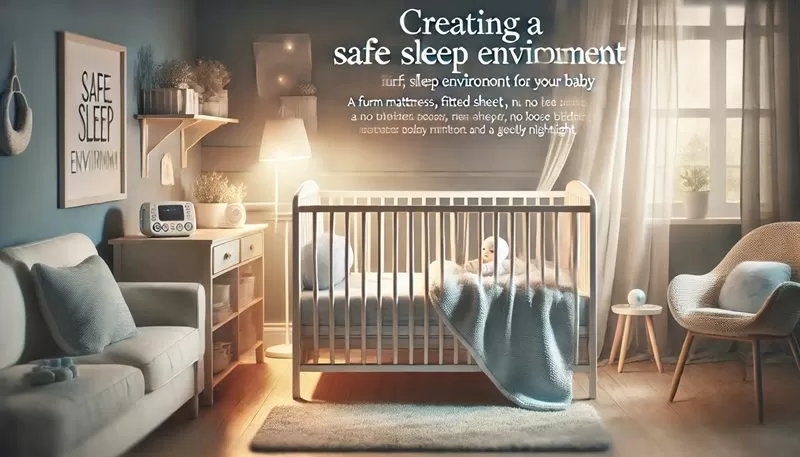Table of Contents
Safe Sleep Environment Baby
Your baby’s safety during sleep is of utmost importance. With so many products and advice out there, it can be challenging to know where to begin. In this guide, we’ll walk you through expert-backed tips on creating a safe sleep environment for your little one. Whether you’re a first-time parent or have multiple children, the right sleep setup can provide peace of mind and ensure your baby rests comfortably and securely. Along the way, we’ll also introduce some of the best products from [your store] to help you create the perfect sleep space.
One of the most critical aspects of ensuring your baby sleeps soundly is providing a safe sleep environment. It’s essential to use a crib or bassinet that adheres to safety standards, keeping the area free from loose bedding, pillows, or toys. For more detailed information on creating a safe sleep environment baby, you can visit the Safe to Sleep campaign by the NIH, which provides trusted guidelines for reducing sleep-related risks for infants.
Choosing the Right Crib: The Foundation of a Safe Sleep Space
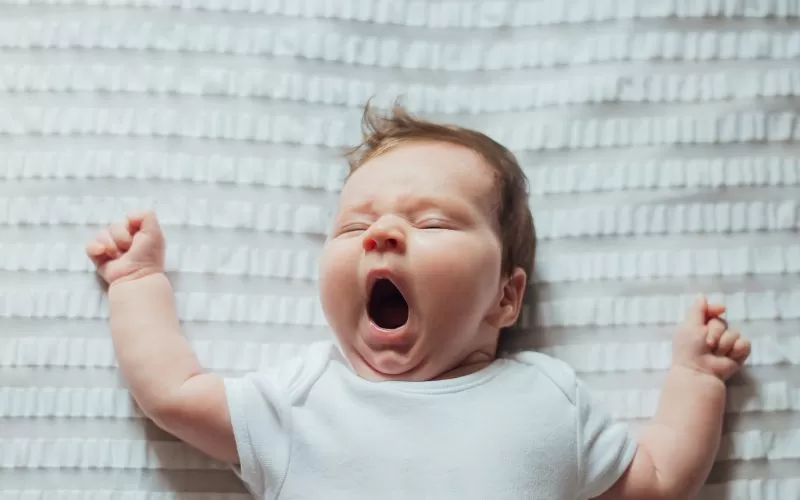
The crib is the cornerstone of a safe sleep environment. To ensure your baby sleeps safely, it’s essential to choose a crib that adheres to modern safety standards. The crib should have fixed sides, no drop rails, and slats that are no more than 2 3/8 inches apart.
For parents looking for reliable cribs, our Premium Wooden Baby Crib meets all safety regulations while also offering a stylish design to match any nursery. Pairing this with a firm, well-fitting mattress is crucial for creating a secure space for your baby to sleep.
Opt for a Firm, Breathable Mattress
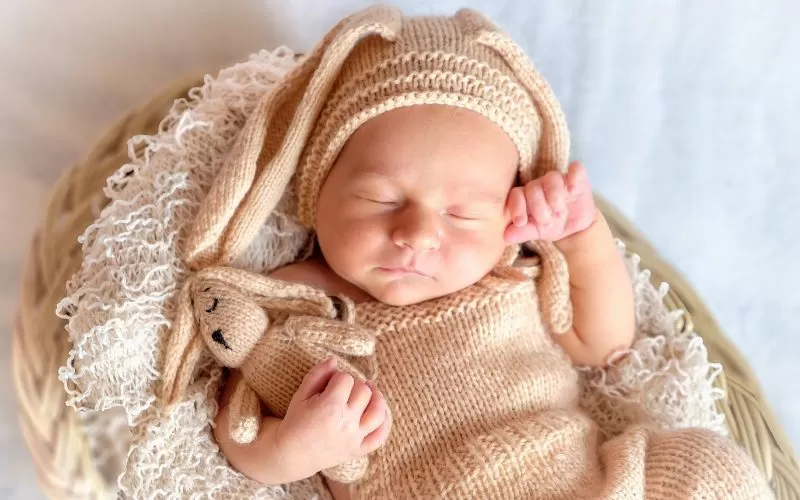
Babies need firm support to reduce the risk of suffocation or Sudden Infant Death Syndrome (SIDS). A breathable, firm mattress ensures that your baby’s head won’t sink too deeply into the surface. When choosing a mattress, make sure it fits snugly into the crib with no gaps around the edges.
Our Eco-Breathable Baby Mattress provides firm support and excellent breathability, making it a top choice for parents who want to ensure their baby sleeps safely.
Use Safe Bedding and Sleep Accessories
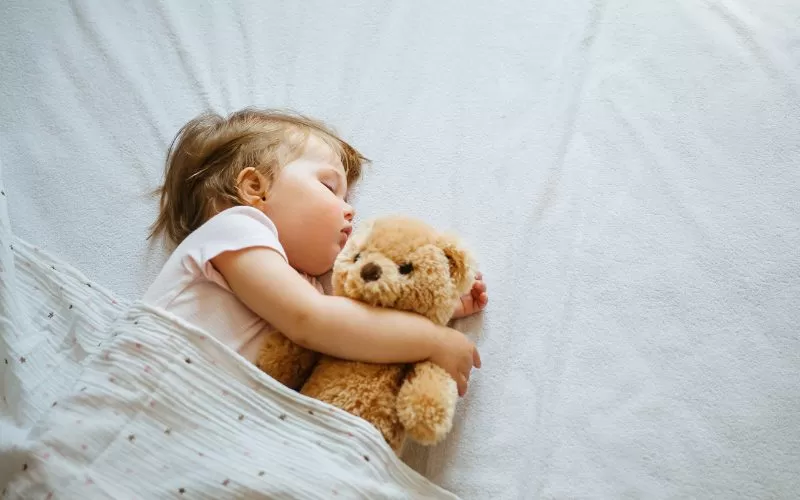
While it’s tempting to fill your baby’s crib with pillows, blankets, and stuffed animals, these items can pose a suffocation risk. Instead, use a fitted sheet designed for your baby’s crib, and dress your baby in a sleep sack to keep them warm without the need for loose bedding.
The Organic Cotton Sleep Sack from our store is a perfect solution for keeping your baby cozy without compromising on safety. It’s soft, breathable, and ensures your baby remains warm throughout the night.
8 Ways to Create a Safe Sleeping Environment for Your Baby
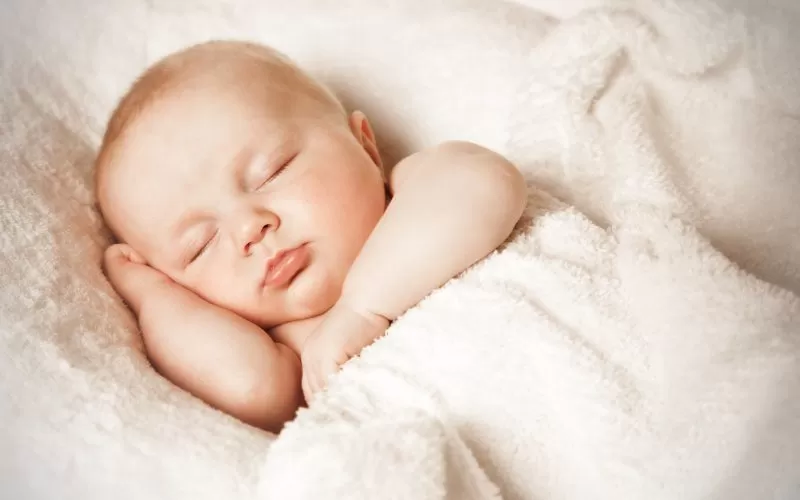
When it comes to creating a safe sleep environment, following a few key guidelines can make all the difference. Here are eight essential tips every parent should follow:
- Always place your baby on their back to sleep. This is the safest position to reduce the risk of SIDS.
- Use a firm mattress that fits snugly into the crib.
- Keep soft objects, blankets, and toys out of the crib to avoid suffocation risks.
- Ensure your baby’s sleep area is in the same room as you for the first six months, as recommended by the American Academy of Pediatrics (AAP).
- Avoid overheating your baby by dressing them in light layers. Use sleep sacks rather than blankets.
- Check for proper crib safety features such as fixed rails, safe spacing between slats, and no broken parts.
- Regularly inspect your crib’s condition for loose screws or broken components.
- Use a breathable mattress and fitted crib sheet, ensuring there’s no excess fabric that could pose a risk.
By following these 8 ways to create a safe sleeping environment for your baby, you can drastically reduce potential hazards and keep your baby comfortable and secure.
How to Keep Your Sleeping Baby Safe: AAP Policy Explained
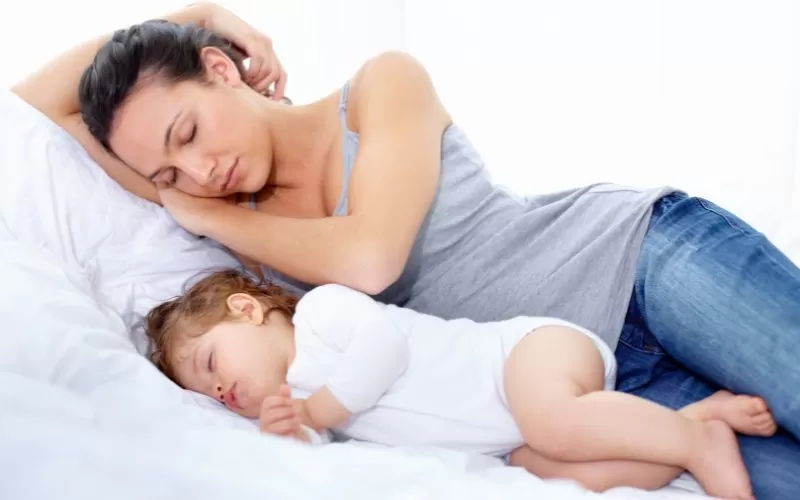
The American Academy of Pediatrics (AAP) offers comprehensive guidelines on safe sleep practices, aiming to reduce the risk of SIDS and other sleep-related fatalities. According to the AAP, parents should always place their babies on their backs to sleep, use a firm mattress, and ensure the sleep area is free of loose bedding or soft toys.
The AAP also recommends room-sharing, but not bed-sharing, for the first six months to a year. This allows parents to be close enough to respond quickly to their baby’s needs while maintaining a safe sleep space. By adhering to the AAP policy, you’re taking the best steps toward ensuring your baby’s well-being while they sleep.
For parents who want to adhere to these guidelines while maintaining style, our Eco-Breathable Baby Mattress provides the firm support necessary for safe sleep, and our Premium Wooden Baby Crib offers modern safety features that align with the AAP’s recommendations.
Creating a Safe Sleep Environment: Product Solutions
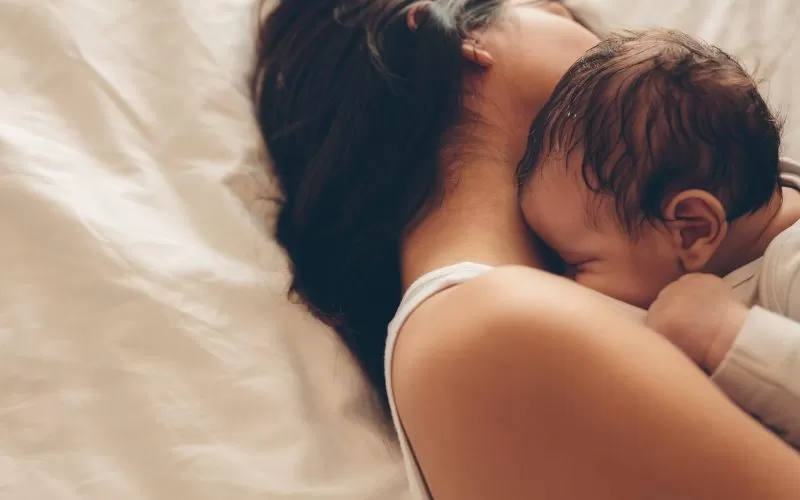
One of the most common concerns for new parents is finding the right products to help foster a safe sleep environment. As mentioned, firm mattresses, sleep sacks, and breathable materials are vital for creating a safe sleep space. In addition, other baby essentials, such as sound machines and monitors, can provide extra peace of mind.
Here are some of the best products you can find at [your store] to help achieve a safe sleep environment:
- Premium Wooden Baby Crib: Stylish, sturdy, and meets modern safety standards.
- Eco-Breathable Baby Mattress: Firm and breathable, designed to reduce the risk of SIDS.
- Organic Cotton Sleep Sack: Keeps your baby warm without the dangers of loose blankets.
Additional Safety Considerations for Baby Sleep
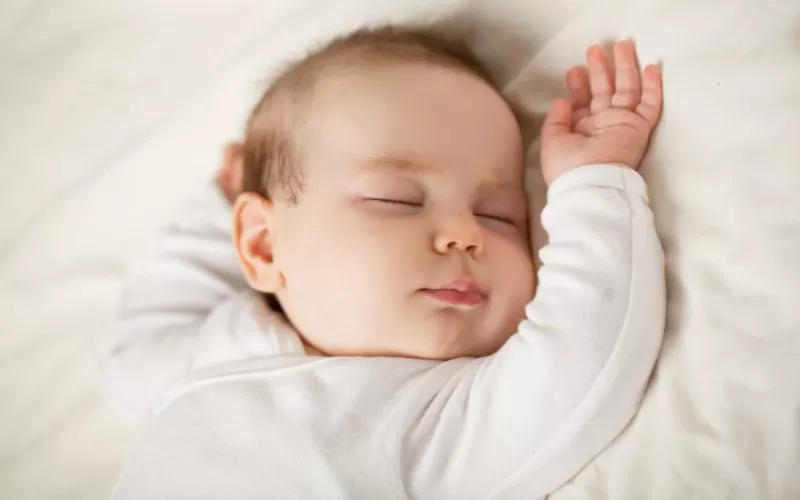
Aside from the key elements we’ve already discussed, there are other considerations parents should keep in mind when creating a safe sleep environment. Temperature control is one of them. Babies are more susceptible to overheating, which can increase the risk of SIDS. Ensure your baby’s sleep environment is cool, around 68–72°F, and dress them in light layers.
Consider using a fan or a room thermometer to regulate the temperature. You can also use our Organic Cotton Sleep Sack for lightweight comfort, ensuring your baby is cozy but not overheated.
Another critical factor is ensuring your baby has a predictable sleep routine. Establishing a bedtime routine can help your baby feel more secure and improve their sleep quality. Gentle rocking, soft lullabies, and dim lighting can signal to your baby that it’s time for sleep.
Recap: How to Keep Your Sleeping Baby Safe: AAP Policy Explained
In conclusion, creating a safe sleep environment requires a combination of proper products, safety guidelines, and careful attention to your baby’s comfort and security. By following the AAP policy, which emphasizes back-sleeping, firm mattresses, and no loose bedding, you can significantly reduce risks and help your baby sleep safely.
Ensuring you have the right products, such as the Premium Wooden Baby Crib, Eco-Breathable Baby Mattress, and Organic Cotton Sleep Sack, is key to keeping your baby comfortable and safe.
Conclusion
In summary, creating a safe sleep environment for your baby involves choosing the right crib, mattress, and sleep accessories while adhering to guidelines like those from the AAP. By following the 8 ways to create a safe sleeping environment for your baby and understanding How to Keep Your Sleeping Baby Safe: AAP Policy Explained, you can rest easy knowing that your little one is in the best possible sleep environment.
Make sure to check out our store for essential products that promote safe sleep for your baby, ensuring both their safety and your peace of mind.

